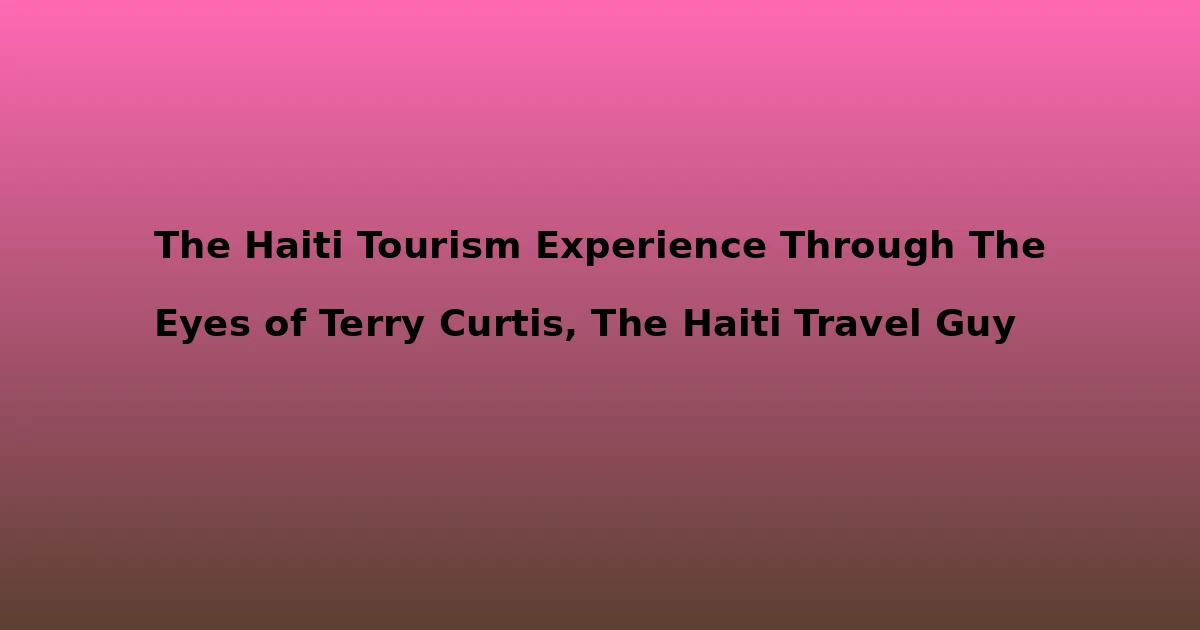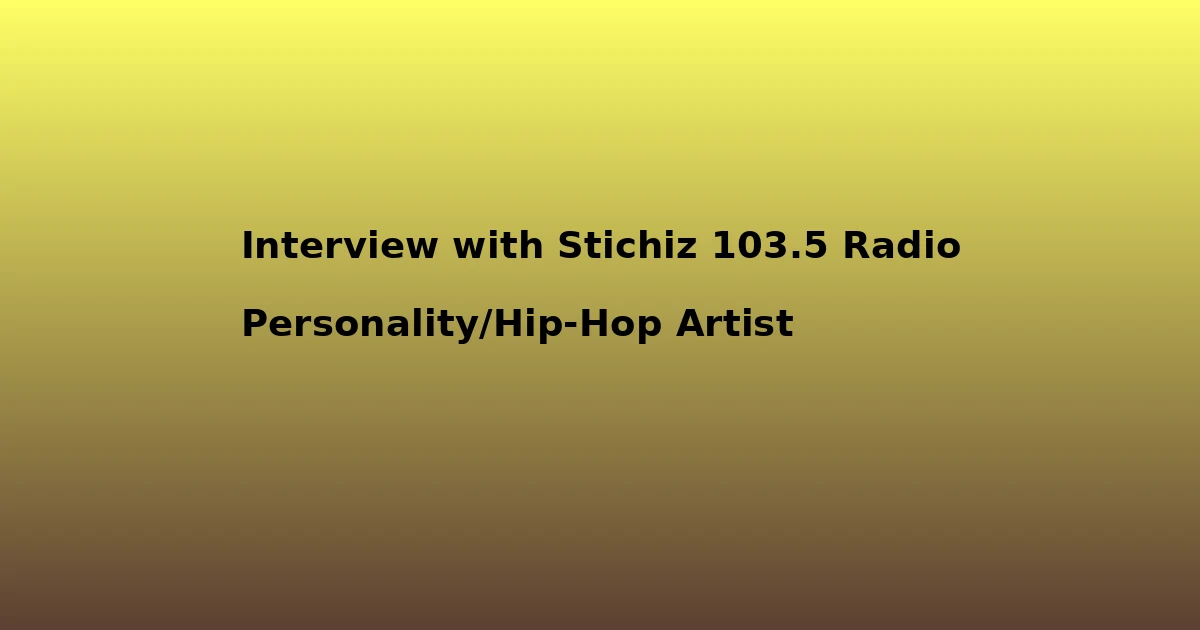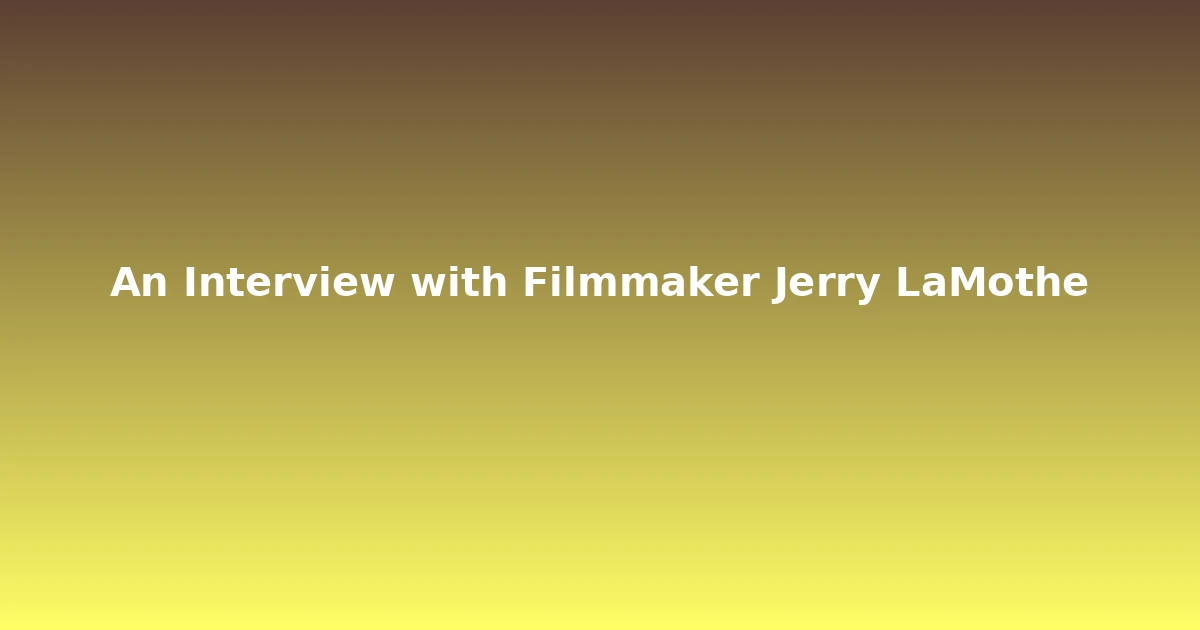can be best described as “alive”. Her works of art are characterized by the use of vibrant colors, larger than life subjects, and usually have a historically-focused theme.
A painting she named “OLOG—Our Hope”, for example has a woman in a Virgin Mary-like pose with a sweeping, bright green covering.
She’s enveloped in what appears to be a red-orange blaze and stands on a rock with horns. “Assumption—Advocata Nostra”, showing an Afro-centric Mary being on the brink of being raised to heaven, was clearly influenced by Catholicism. “Hope at Sunrise”, one of Brintle’s most arresting pieces, covers the entire history of Haiti during the Columbus era, with a montage featuring a Nephilim-like figure of Columbus towering over a mini-sized version of the chieftain Caonabo.
Not that every Brintle painting is a visual thesis. “Florence”, a piece that depicts a young woman in an oversized hat starring defiantly at an onlooker, is as simple as they come. But wait, Florence with dangled earrings and magnificently-plucked eyebrows, is enveloped in a scarlet shawl, while her hat is golden. Is she a modern Hester Prynne—-some sort of kept woman? No, her eyes hint at innocence, or is that worldly wisdom?
Q&A
Your family moved from Haiti in 1964 to the United States. What was your impression of the country? What was it like as a new immigrant?
And as a black immigrant?
I immigrated in 1964 with my mother. My father and sisters came over a couple of years after. I was 17-years-old, but very naïve.
New York was end of the rainbow for me then. When I saw Manhattan, I was in awe. I was told about the lights of the city before I left Port-au-Prince, but I never thought they’d be so bright and so numerous.
In Haiti, one of the treats for me as a child was going with my parents in the evening to Boutilliers [an area in Haiti situated in the hills] to admire the view of Port-au-Prince in lights. New York was a million times brighter and the lights were so close you could almost touch them. It was marvelous and I was dazzled and amazed.
I spoke no English, so I felt a bit isolated from the American population. I was, however, determined to learn and found a great teacher in a television show called “Password” where contestants would have to guess a word by their partners giving them associated words. In addition, I became friendly with a neighbor and this became a good way to practice my English.
Do you think that the fact that your family was from Haiti’s upper class affected the way people perceived you? Or perhaps even lessened the pangs of discrimination on you?
I would definitely say so. Because of the color of my skin, stereotyping discrimination mostly passed me by.
My mother is French from Bordeaux with very light skin and blue eyes and my dad is Haitian with darker skin and brown eyes. This combination gave me a light complexion with green eyes so the Americans who’d hear me speak would take me for being of Spanish or European heritage. When I’d write “black” on the race line of an employment application my interviewers would always do a double take.
People would be surprised — and still are: “you don’t look Haitian” is the common response nowadays — to learn that I am Haitian when they inquire about my accent. In addition, I would often find myself among people who did not want others to know that they were Haitian so the subject of Haiti seldom came up unless we were among other Haitians. As I became comfortable with the English language, I progressively asserted myself in my heritage.
When people would learn that I am Haitian the common comment was “Papa Doc” and “poverty”—as if those were adjectives describing the nature of country itself. That is when I would tell them that they were mentioning variables. The constant was the beautiful country that is my home.
I’d tell of the greatness of Haiti, its history, its place in the world and in the ultimate success of the United States thanks to its revolution. I’d tell of the fertile soil that changes color from one area of the island to the other, the agriculture, the white sandy beaches, the black sandy beaches, the turquoise sea, mountains, valleys, rivers, waterfalls, not to mention the music that penetrates deep into your heart.
What pushed you to start creating as an artist?
I was not pushed. I was born with it. It is part me.
I cannot remember a time when I did not draw or paint. At 15, I was making Christmas cards that I’d sell to the local stores to make some money. When I came to the US, I tried to do the same, but soon realized that hand-made Christmas cards were not a profitable business for local stores and that there was a business process in the US that I was not ready for.
I was happy to paint for friends and for my own pleasure. Sometimes a friend would buy a piece which delighted me, but never pursued the business seriously. As I moved through corporate America—one must pay the bills—I would always find that my artistic abilities were sought after for extra-curricular activities such as making signage for company events.
I entered exhibits when they offered themselves, but never sought them after. In January 2006 with the help of my husband, Joe, I decided to hold a home show and called it “Four Decades” because it featured works spanning 40 years. The show was a success and became a yearly open studio occurrence. The rest is history.
Are there any special stories behind some of your pieces?
I don’t think there is a piece without a story. My works evolve as they are being created. When I paint I am at peace with the universe and with myself.
All is well synchronized and I become aware that the world unfolds exactly as it should and that God is all present. Time no longer exist. The painting I am working on becomes my universe and the subject takes a life of its own.
The story on the canvas reveals itself, conversations happen through paint and brush and thoughts are somehow engendered by the subject on the canvas. Emotions are reflected in the eyes, the expressions, the gestures and the colors. Everything takes on meaning.
So often, I will start a painting with a specific idea in mind and by the time I’m laying the varnish, it’s a completely different piece than the one I first conceived. Many stories are told through the canvas. For example, A new Dawn Rising tells of the ravages of war or natural disaster on children and their resilience in the face of adversity; Celimène is the woman hurrying to market to sell her the purple fabric so as to put her children to school; Defilee is the woman thanks to whom Dessalines has a tomb at the cemetery in Port au Prince; Esther is the daughter continuing her dad’s tradition of selling her coffee harvest to the town procurer; Flight to Egypt shows Mary with baby Jesus in her arm having a vision of the crucifixion; Rebeka depicts the Old Testament figure mother of Jacob and Esau; The Samaritan Woman shows her waiting for the other women to fetch water before going to the well herself.
Because a story cannot sometimes be told in only one painting, I have taken the habit of working on series.
They include: The Madonna and child series which focus on the human relationship between Jesus and his mother; the historical series which include: Guacanagaric, Guarionex, Guatiguana, Marie-Jeanne Lamartinière, Catherine Flon, Defilée la folle, Hope at sunrise, La Dessalinienne; the earthquake series with Tara and Papa Legba – Faith Keeper/Fate Keeper; the Seasons series featuring the agriculture fruit of Haiti; the Ti-Jean series which depict the musical genius playing various instruments; the Baptism series showing the character of various people and their reason for choosing to be baptized in the river.
My art tells stories, simple or heroic, that touch and draws the viewer to become part of the painting. It reflects life up to the tiny little angel next to the year representing my angel in heaven watching over me.
You had been painting for years, yet you didn’t take it up full-time until you had spent a good two decades in corporate America. Do you think part of that was due to cultural expectations?
To a certain extent, yes, it was because of expectations, mine or others of me. I don’t think the thought ever occurred to me back then that I could actually earn a living with my art and I guess I was not bold enough to stand my ground either.
It was easier to “go with the flow” and live by my elders’ expectations rather than swim against the current. Then “life happens” and there are bills to pay, children to care for, a job that provides a steady paycheck and health insurance. Art becomes a secondary factor regardless of how good an artist you are.
When I married Joe, my current husband, he encouraged me to leave my corporate position and give myself to my art full time. Although it was a difficult choice, it was one of the best choices I made in my life because now I can work as a full time artist. I will forever be grateful to him.
Your art has been part of so many prestigious exhibits. Out of all the things you’ve accomplished as an artist, which stands out the most?
The accomplishment that stands out the most is my winning the “Images of Peace” national competition to commemorate the 50th Anniversary of Albert Schweitzer’s call for nuclear disarmament. It was a moment of all at once much pride and great humility: Pride of having won and humility in the presence of two great personalities of the world.
First I could not believe that I actually had won. The piece itself seems so simple yet I was told that it stirred the heart and engendered so much discussion when it was being judged. It shows the silhouette of a seesaw against a fiery background which ends in a deep blue sky.
On the seesaw is balanced the wheel-shaped peace sign. Everything is – or could be — in motion. It is, as the title says, a delicate balance.
My artist statement read: “The peace symbol, although borne out of a request of Bertrand Russell, is synonymous to the work of Albert Schweitzer and stands for Nuclear Disarmament. Peace is the only state of existence which will prevent war, nuclear destruction, genocide and all the evils which burden humanity. Peace occurs when that delicate balance of collaboration is achieved among nations, in which each citizen accepts a belief of gentle respect and appreciation for all who share this planet.” When they announced “A Delicate Balance” as the winner, I almost lost my breath.
It felt so good to have my art be chosen to represent such an important symbol but even more amazing and so very humbling was to have been introduced to Kohta Kiya, the secretary general of Hiroshima Atomic Bomb Survivors network and Hirotami Yamada, the secretary general of Nagasaki Atomic Bomb Survivors Network. They had come to Quinnipiac University to speak about the dangers of nuclear weapons and lent their voice of experience to the conference. They were teenagers when the bomb was dropped. Their story is one of pain, loss, survival, endurance, fortitude, forgiveness and, more importantly, of life-long work toward averting another such disaster.
What’s the latest project that you’re working on?
I usually work on many projects at a time and move from one to the other.
Now I move between three projects: The Ti-Jean series, a mythical musical genius who plays every imaginable instrument in the midst of the Haitian countryside, The Seasons series depicting the fruits of agriculture of Haiti, and a religious piece inspired by Caravaggio to which I gave my own Haitian and religious twist.
Haiti is more a part of my everyday life now than it has ever been. It has changed from a place where I’d go visit family and friends to a place where I can do my small part within the larger need toward the development of my country’s future. A year after the earthquake a few friends and I formed an organization called From Here to Haiti Ltd, to respond to the need for repair of non-governmental places of public assembly whether they were damaged by the earthquake, other natural disasters or by age.
Since so many NGOs [non-profit government organizations] are concentrating on the capital, we focus our efforts on the provinces. We are an all volunteer group; we pay for our own travel arrangements to the site and work with the local community to make the repairs. We seek to provide temporary employment opportunities and promote self-sufficiency through that repair work.
In just 22 months, we have accomplished a lot, but request for projects are received often and the list is long. Our biggest challenge is raising the funds to do the work.
You left Haiti years ago. You’ve seen some changes outside looking in. Now to mention your own experiences and transformation as a member of the Dyaspora.
Where does Haiti fit into your life right now.
Having spent almost 50 years as a resident of the US, the change that I observe most is generational. As a member of the Haitian Diaspora, the transformation I have experienced lie in the mindset of my parents’ generation as compared to that of the current generation. It seems that thought pattern moved from an exodus with the resolve of never returning to a generation of young adults that sees Haiti as a paradise where they can feel at home.
This generation has not lived the pain of their parents and grandparents and does not carry the baggage of the past. They see the future having had an education in a country where they trust in human equality, they believe in justice and know that everything is possible if you put your mind to it. The earthquake of January 12, 2010 has put Haiti on the world map.
We are going through an era of transition and reconstruction that will take years to effect. It seems to me that in spite of the hurdles, the exploit and the occasional abuse, overall there is a change for the better because now so many adult Haitians do care and are not afraid to make their voices heard. I am convinced that more Haitians believe in the progress of the country than its demise.
I see in this generation a renewed passion for their homeland. The world has become very small, cell phones have now allowed everyone throughout the island to be in steady contact with the outside. News is instant, social networking is no longer the realm of the few privileged.
Haiti has become an open country and news that seems fallacious is challenged. The road is arduous but the future is bright.
Last Updated on December 4, 2025 by kreyolicious



